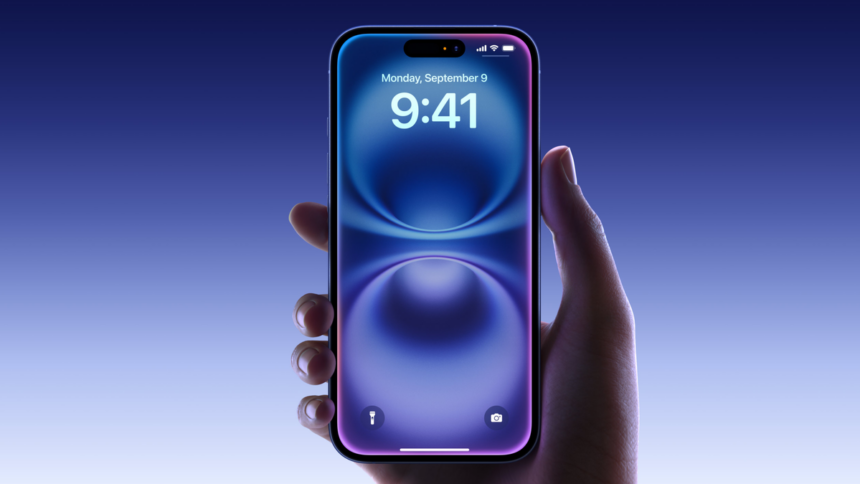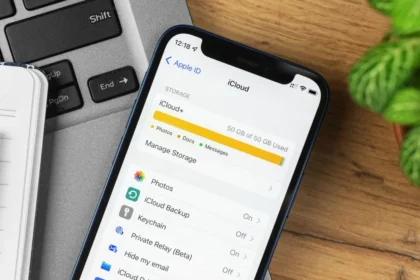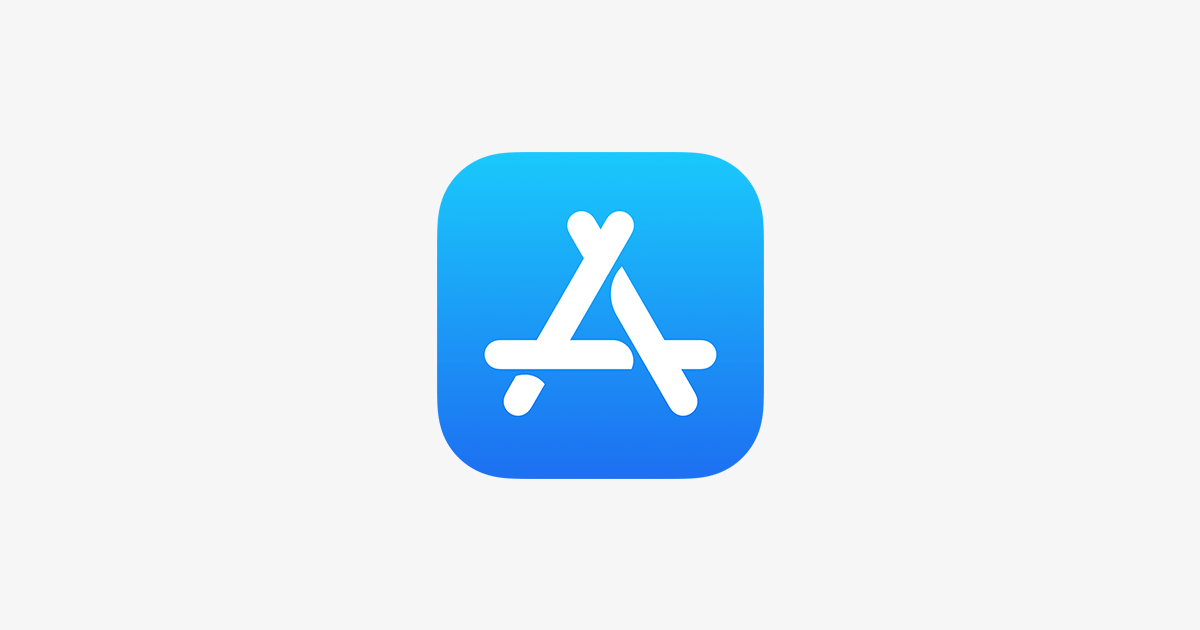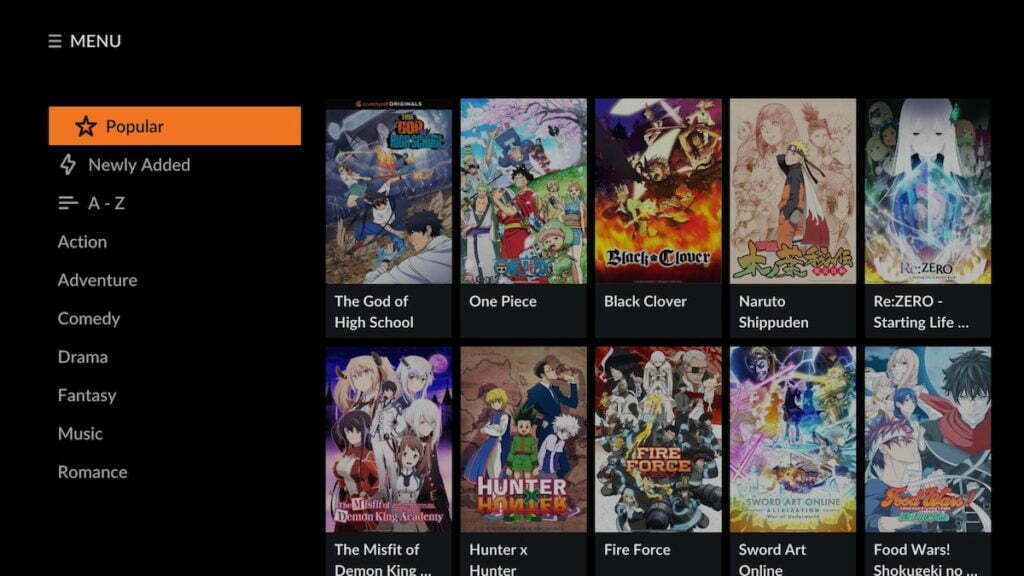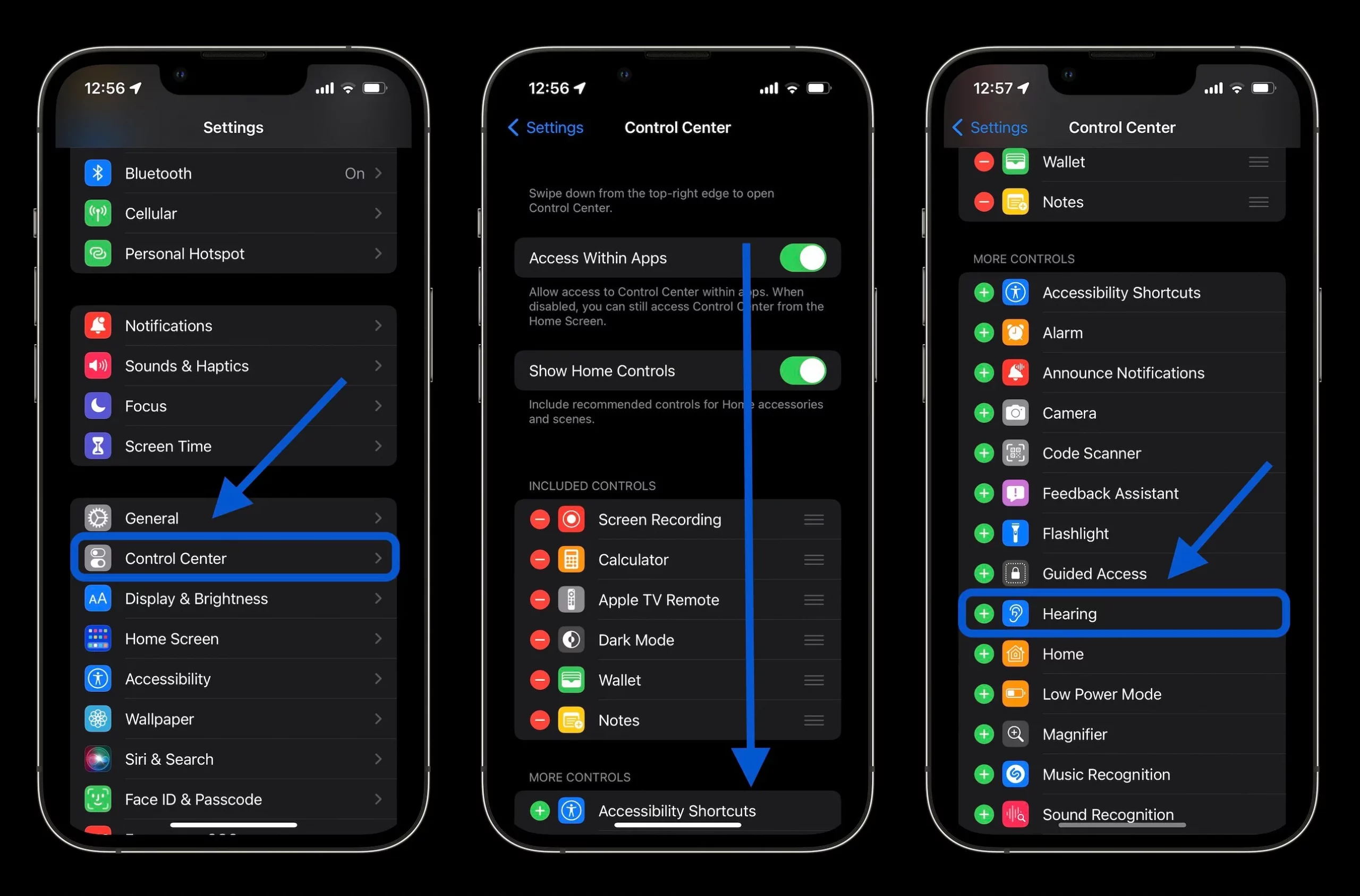The iPhone 16 has been introduced with a range of advanced features to keep up in the premium smartphone market, but it falls short in one key area compared to its competitors. Despite its hefty price tag, the iPhone 16 still has a screen with a 60Hz refresh rate. In contrast, many mid-range phones, which cost a fraction of the price, already offer screens with higher refresh rates, making this a notable drawback for Apple’s latest device.
In everyday use, this lower refresh rate means that animations and fast-moving content won’t appear as smoothly as the screen updates less frequently. Some budget smartphones have even started offering 120Hz panels, highlighting the gap.
While these factors don’t entirely justify Apple sticking to a 60Hz display in the iPhone 16, there are a few reasons that might explain this decision:
Differentiation for Pro models
Only the iPhone 16 Pro and 16 Pro Max come with 120Hz displays. It seems likely that Apple is using this to create a clear distinction between its different smartphone models.
By restricting the iPhone 16 and 16 Plus to 60Hz screens, the company may encourage consumers to upgrade to the pricier Pro versions for a smoother display experience.
Battery Optimization
60Hz displays are more energy-efficient since they refresh fewer times per second, helping to extend battery life. Given that Apple often emphasizes battery performance during its product announcements, they may have prioritized longer battery life over higher display refresh rates, leaving a 120Hz upgrade out for the standard iPhone 16 models.
Slow to adopt new technologies.
Apple has a reputation for adopting new technologies at a slower pace than its Android competitors. For example, the iPhone X was Apple’s first model with an OLED display, introduced seven years after Android devices had already embraced the technology. Similarly, 120Hz screens only debuted in Apple’s lineup with the iPhone 13, about five years after Android phones began offering the feature.
Apple’s deliberate approach is often attributed to its focus on “perfectionism,” ensuring new technologies are thoroughly refined before launching them. However, this reasoning seems less convincing three generations after introducing 120Hz displays.
Customer loyalty
Apple stands out from its competitors mainly due to its unique hardware and iOS operating system integration. This creates a loyal customer base that is often less inclined to switch to Android devices. As a result, Apple has some flexibility in not having to match competitors in every technical spec, such as screen refresh rates.
For many consumers, the iPhone 16’s 60Hz display likely won’t be a dealbreaker, especially since Apple consistently receives praise for its color accuracy and overall display quality. The focus on other strengths may overshadow the absence of a higher refresh rate for most buyers.
In the end, 60 Hz “does.”
Screen refresh rate comparisons are a niche concern for only a small segment of buyers. For most, the display on the iPhone 16 is “good enough” and doesn’t negatively impact the overall user experience.
For this broader audience, features like camera quality and processing power are far more critical. The iPhone 16, for instance, introduces a new dedicated camera button, enhancing ergonomics and making it feel more like a professional camera. This button also has additional functions, such as controlling zoom and navigating through the gallery.
Another major highlight is the integration of Apple Intelligence, a suite of AI solutions set to debut with iOS 18. This system will allow automatically generated texts, more intelligent photo searches, and advanced capabilities.

